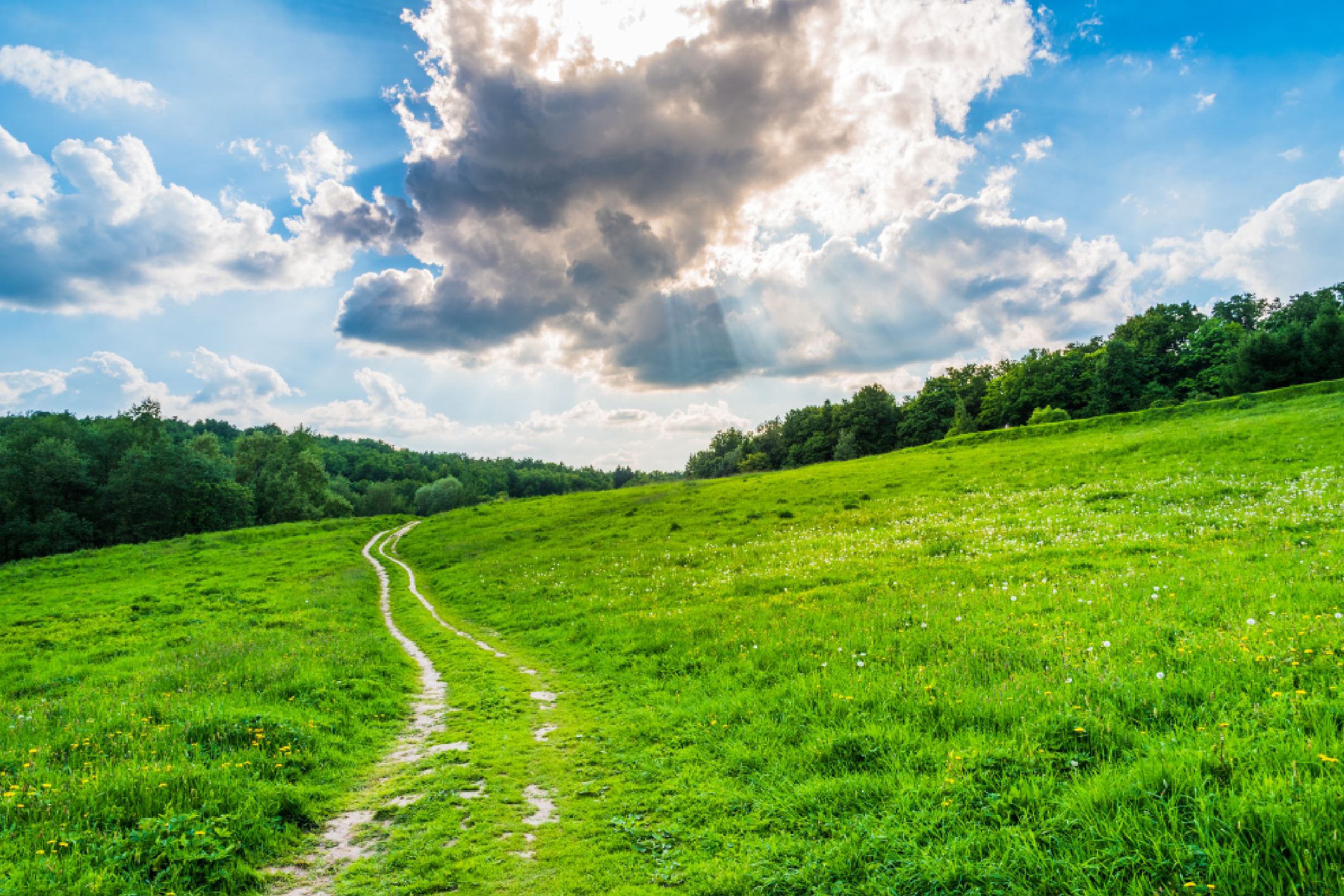By Thomas G. Dallessio
Twenty-four years ago, the Governor’s Council on New Jersey Outdoors released a report that determined, “…the open space needs of our present and future generations greatly outweigh the resources we have been able to provide.”[1] The report added, “The public said that we are protecting too little open space, too slowly, and that we are not adequately managing the lands, resources and recreational facilities that are already in public ownership.”[2]
Noting that the Garden State had lost more than one million acres of farmland alone to development since the 1950’s, the Council recommended preserving a million more acres of open space, farmland and historic sites. As of the writing of the Council’s report in February 1998, 885,000 acres of public open spaces were permanently preserved, with an additional 37,200 acres of farmland acquired by easements, fee simple purchases and donations.[3]
After an overwhelming public approval of a constitutional amendment in late 1998 to finance land preservation, Governor Christine Todd Whitman signed the Garden State Preservation Trust Act, a bill that received bipartisan support and was approved 39-0 in the New Jersey State Senate. The law provided funding to bond up to $2.5 billion to purchase land or development rights, (re)build parks and recreation areas, and restore historic structures. As a result, over 350 municipalities and all 21 counties enacted an open space tax to supplement state funds, and it led to planning initiatives that enabled applicants to gain priority for funding decisions.
In 2014, voters approved a Public Question amending the state constitution to create a permanent, two-phase deduction of the Corporate Business Tax,[4] but attention to open space, farmland and historic preservation waned as development pressure in suburban and rural communities subsided.
The findings of the Council’s Report, though, remain valid: “If growth is to be both beneficial and sustainable in New Jersey, then growth must follow the guidelines established in the State Plan. The public must also make the investment to preserve the open lands that are critical for ecological and watershed protection, recreation and greenway opportunities and for preservation of agricultural landscapes.”[5]
On this silver anniversary of the modern land preservation movement, it is important to take stock and evaluate the hits, misses and areas for improvement in New Jersey’s open space, farmland and historic preservation efforts.
Over the next nine months, Robert A. Kull and I will be critically analyzing the state Green Acres, Farmland Preservation and Historic Trust programs, and provide findings and recommendations for state and local action. We aim to analyze acreage goals and dollars expended, and identify policies and investment strategies for Governor Murphy and the Legislature to consider to make these programs more efficient, effective, and equitable.
This project is especially timely as NJDEP reexamines its Statewide Comprehensive Outdoor Recreation Plan, and can provide guidance to the NJ State Agriculture Development Committee and the NJ Historic Trust in their ongoing operations.
Through qualitative and quantitative assessments, interviews, and literature searches, we seek to inform and advance public policy. The Council report notes, “There is no disputing that New Jersey has established a strong foundation upon which we can anchor a green and prosperous future. The future, however, is far from secure. New Jersey must aggressively preserve its open spaces.”[6]
References
[1] Governor’s Council on New Jersey Outdoors, Final Report – Summary of Findings, February 26, 1998, p.1.
[2] Ibid, p.1.
[3] Ibid, p.3.
[4] P.L. 2018, c.48.
[5] Ibid, p.3.
[6] Governor’s Council on New Jersey Outdoors, Final Report, Addendum I – Detailed Findings, p.1.

